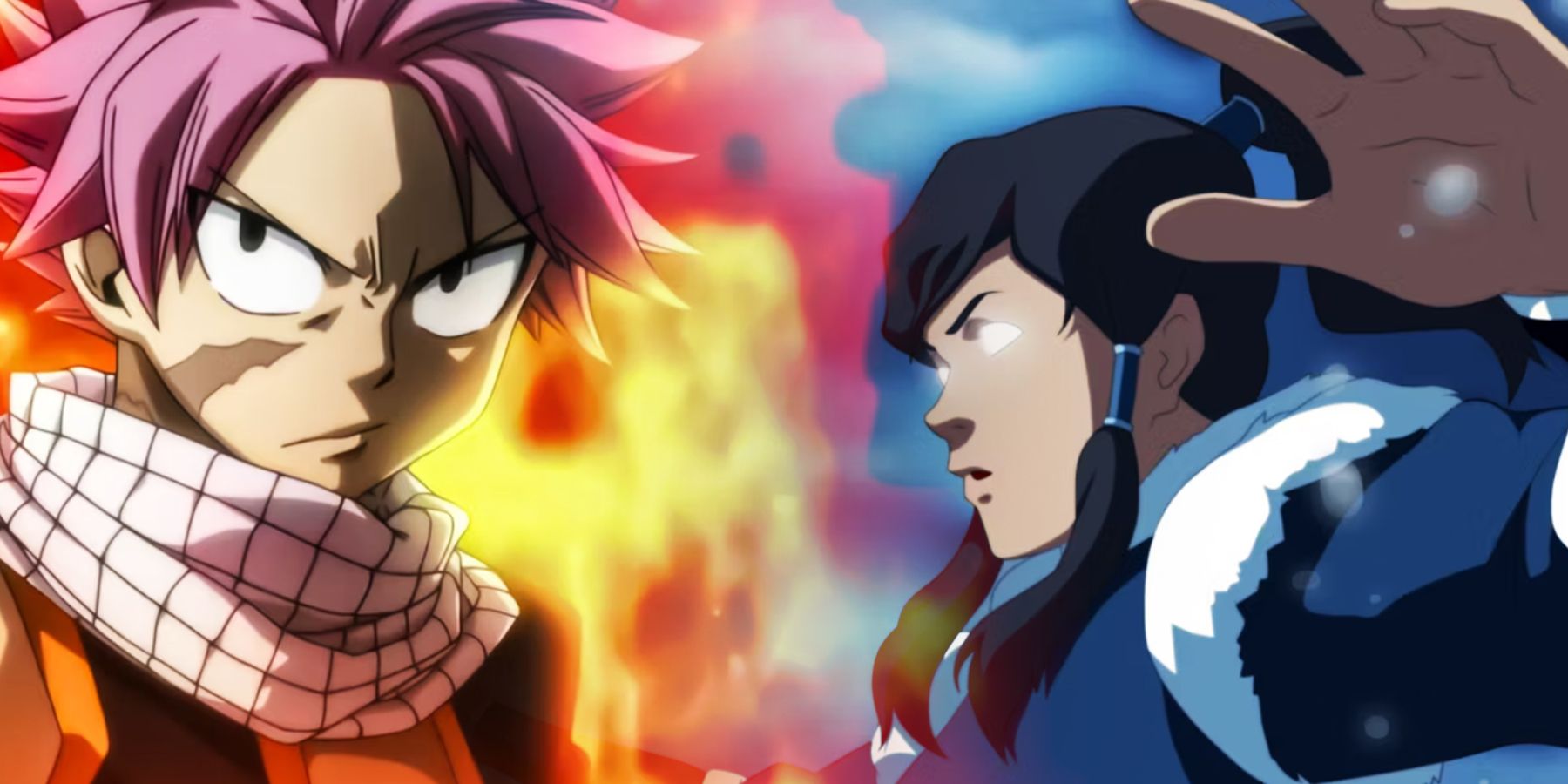
An incredibly common issue in shonen battle anime and manga is the persistence of "power creep." Through a variety of factors, characters could level up to such a degree that it takes viewers out of the story. While some power scaling is necessary when showing the growth of the characters and their abilities, power creep takes it to the extreme.
When writing a big action-packed story, it can be hard to stop power creep from seeping into a series, especially for longer series like Dragon Ball and Naruto. However, some examples of power creep are just absurd. These instances of power creep are nearly impossible to shrug off and stand as a black mark against their respective series.
Updated on May 12, 2023 by Angelo Delos Trinos: The concept of "power creep" is so commonplace in anime that it's become a beloved tradition in its own right. Even if the ever-escalating power levels may not always make sense, anime fans still love this uniquely "anime" idea. This list was updated to include more anime with power creeps that may not really make sense but are still undeniably fun.
20 Dragon Ball Z
Dragon Ball Z and its spin-offs are rife with power creep. The series went from a story about martial arts and strategy to becoming human-sized, planet-destroying vessels. Many of its normal human characters became obsolete once the power levels rose to ludicrous degrees.
It seems that the longer that the questionably written Dragon Ball Z continued, the higher the threat level would become. This meant that the protagonists would have to level up to godlike levels (again) to win. Ultimately, the introduction of the Super Saiyan doomed the series to its never-ending climb in power and scale.
19 The God Of High School
When it started, The God of High School looked like it would be a relatively grounded mixed martial arts anime. But not even halfway through its run, The God of High School's main fighters suddenly had superpowers and supernatural abilities. This peaked with Jin Mori becoming the reincarnated Sun Wukong, the mythical Monkey King.
Because of its compressed adaptation and rushed pacing, The God of High School's escalation felt more like power creeping than natural progression. Characters' sudden godlike power-ups were unearned, and fights became tedious and predictable chores. The only saving grace was the anime's amazing fight animation.
18 Fairy Tail
Fairy Tail is packed with power creep from arc to arc. Foes that Natsu, Lucy, and the guild had trouble facing in the beginning now feel completely useless in the face of the villains the guild faces at the end.
It doesn't help that there is no real way to measure how much power a wizard has. Natsu can beat other extremely powerful Dragon Slayers with ease, but can't take on Gildarts in a one-on-one fight. The overlong Fairy Tail also relies heavily on the arbitrary power of friendship to give characters a boost instead of something more tangible.
17 The Prince Of Tennis
The Prince of Tennis is unique among sports anime because it has a power system and a serious case of power creep. By the halfway point, tennis matches resembled superhero battles more than a game of sports. Every tennis player had a unique power, but the anime was inconsistent when it came to matching these powers up.
For example, the "godlike" Kunimitsu Tezuka lost almost every match despite facing opponents who were nowhere near his godhood. Conversely, the eternally cool Ryoma Echizen almost always won because of his wild card ability to do anything the plot called for. In truth, matches were decided more by narrative convenience than skill.
16 The Seven Deadly Sins
The Seven Deadly Sins is one of the most notoriously bad anime adaptations of recent memory, but most of its problems stem from the source material itself. The eponymous Seven Deadly Sins were massive power creeps who were unfairly strong when their story began but became even stronger as their adventures went on.
By the end, the Seven Deadly Sins were practically godlike warriors who could easily defeat previously mighty enemies and literal demon kings in a single blow. This, in turn, made every fight predictable and weightless. Saying that the poorly adapted The Seven Deadly Sins' fights lacked stakes and tension is an understatement.
15 Jujutsu Kaisen
While it's not the worst offender, Jujutsu Kaisen does have its own issues with power creep. For the most part, the series balances its power scaling with varied abilities, strategies, and genuinely interesting battles.
The power creep really set in when it became clear that Satoru Gojo (aka The Strongest) was no longer the most powerful sorcerer around. Whether this was part of Gege Akutami's seemingly personal vendetta against Gojo or something else, making a character stronger than "The Strongest" is bound to create an ever-escalating power creep.
14 Hunter X Hunter (2011)
Hunter x Hunter is an incredibly influential shonen battle anime and manga with a very detailed power system. For the most part, the rebooted series was able to deal with power scaling well enough to create a natural flow of growth for the characters and the threats they faced.
However, for all the second Hunter x Hunter series did, the Chimera Ant arc completely dropped the ball in controlling its power creep. The Ant Soldiers were somehow able to take out powerful Nen users with ease, and even become proficient in Nen themselves, despite what little time they had to learn it.
13 The Legend Of Korra
The Legend of Korra is an interesting case study of power creep. Since Avatar: The Last Airbender established the Avatar as the strongest being in the world, Korra was particularly susceptible to power creep as they needed enemies that could realistically go against someone as overpowered and strong as Korra.
The most egregious case of this is the fight between Unalaq and Korra. What was supposed to be a grounded battle became a wrestling match between giant spirit versions of the two characters. This battle felt completely divorced from the more martial arts-based fights the series was better known for.
12 Naruto: Shippuden
Naruto is certainly not immune to power creep, with nearly all of its characters getting some incredible power-ups throughout the course of the series. This caused the power levels of the series to creep into ludicrously divine levels, further ostracizing it from its humble beginnings.
The most prominent example of this was in Naruto: Shippuden's War Arc. The main perpetrators of power creep were Naruto and Sasuke, but many other characters get unrealistic power-ups as well. Over the course of three days, Naruto and Sasuke level up to the point of being literal gods.
11 Bungou Stray Dogs
In general, Bungou Stray Dogs is very good at staving off the effects of power creep. This was in no small part due to the story's unique and varied power system that allowed for interesting strategic battles. Despite this, instances of power creep still kicked in from time to time.
One example of this was the sudden introduction of vampires, thanks to Bram Stoker's ability. Stoker was wildly different from the usual enemies that the Armed Detective Agency went up against, and his ability was incredibly overpowered in its use.
10 Demon Slayer
The threat of the demons in Demon Slayer was overwhelming enough at the lowest level. It only got worse as the heroes fought higher-ranked demons. There were times in the series when the demon threat seemed literally impossible to defeat, especially when the human's limited skillsets were accounted for.
It is a miracle that any Demon Slayer survived a battle with a demon, especially when the lowest of the Twelve Kizuki could cause a lot of damage. This often made the fights in Demon Slayer feel incredibly unrealistic. There were times when the anime's suspension of disbelief felt like it was hanging by a thread.
9 Boruto: Naruto Next Generations
While Naruto had its fair share of nonsensical moments of power creep, its legacy sequel Boruto exacerbated that issue tenfold. As the successor to one of the most beloved shonen anime of all time, Boruto fell into the trap of feeling like it needed to do more to be as good as the original series.
The power creep problem was a constant issue in Boruto, with the next generation powering up much faster and easier than their already powerful parents. Some characters were inexplicably able to overpower the likes of Naruto and Sasuke, who are already incredibly powerful in their own right.
8 Tokyo Ghoul
Tokyo Ghoul's power creep problem is mostly caused by its lack of a well-defined power system. Main characters like Kaneki (whose powers hurt him) can take deadly hits and experience few consequences, while less central characters like Nishki could only take one hit before they're knocked out or even killed.
The scale of the battles in Tokyo Ghoul also rose exponentially as the series went on. Suddenly, all the ghouls battling the protagonists were incredibly powerful and could do things the audience had never seen before. With no defined power system, the series felt as if it is being driven by the mangaka's random whims.
7 Bleach
Bleach is known for its vast number of characters. With hundreds of named characters, it's not surprising that power creep plays a significant role. The influential Ichigo, for example, somehow beat an eyepatch-less Zaraki Kenpachi in the first arc, while Kenpachi later obliterated Unohana Retsu after suddenly unleashing his "true" Reiatsu.
Furthermore, Bleach officially stated that few Shinigami were capable of gaining Bankai, and those who did took five to ten years to do so. And yet, many characters start getting their Bankai in the final arc. Similarly, the Wandenreich were ridiculously overpowered, so much so that they made the Espada look like petulant children.
6 Tengen Toppa Gurren Lagann
Many fans argue that Gurren Lagann was an exaggerated caricature of shonen anime. This interpretation rang true in certain ways. That said, the series can also be treated as a pure shonen without a hint of satire. The timeless Gurren Lagann is all about drills and those who wielded them, an innuendo that makes the story a metaphor for fans' expectations.
For the most part, Gurren Lagann was a regular mech battle anime that ended with Simon's ultimate Gurren Lagann defeating the villainous Anti-Spirals in a cosmic battle. Here, both combatants used literal galaxies as throwing stars and nearly caused the destruction of reality itself. Gurren Lagann doesn't power creep as much as power sprint, and even this description is putting it lightly.
5 Yu Yu Hakusho
Yoshihiro Togashi's Yu Yu Hakusho is one of the most iconic and influential shonen series ever created. The anime's first two arcs are relatively balanced in terms of power creep, but the Chapter Black Saga took things to a whole new level.
The villainous Shinobu Sensui appeared out of nowhere and threatened the Human World with annihilation, forcing Yusuke to (inadvertently) channel his demonic atavism and save the day. Kazuma Kuwabara's evolution is another notable example of power creep: a notoriously weak character who inexplicably transformed into an S-Class fighter in mere months.
4 The Yu-Gi-Oh! Franchise
Yu-Gi-Oh! as a whole is (in)famous for always ending with card players fighting for the fate of the universe through card games. Power creep in the highly lucrative Yu-Gi-Oh! always took the form of children's trading cards evolving into sentient beings or godly superweapons. The same went for the players, who went from normal teens to cosmic warriors.
The beloved Duel Monsters is notorious for going from a card-based sports anime to a cosmic battle decided by cards, but Yu-Gi-Oh's spin-offs are equally guilty of power creeping. For example, GX went from card players in school to a war for the multiverse. Similarly, ZEXAL climaxed with a card-based war against interdimensional aliens.
3 My Hero Academia
Unlike other shonen anime, My Hero Academia didn't focus exclusively on its protagonist. However, this doesn't mean that Deku's character arc was sidelined, especially after he began unlocking his predecessors' Quirks. The power system in My Hero Academia might be relatively simple, but this didn't make it immune to power creep.
For example, Tomura Shigaraki's successful Quirk operation gave him access to All For One's original Quirk but also endowed him with physical strength on par with All Might. This outcome was particularly nonsensical as it didn't sync up with the previously established concepts surrounding Quirks.
2 The JoJo's Bizarre Adventure Franchise
JoJo's Bizarre Adventure is the rare anime that thrives on power creep and is celebrated for doing so. The anthological anime began with fairly grounded martial arts and Hamon. These were then supplanted by the much more popular and ridiculous Stands, which kept getting increasingly bizarre as the anime went on.
Stands began as extensions of their user's willpower, only for them to become literal gods who could reshape reality without any explanation. A good example of this is the ridiculously popular Dio Brando, who went from a fairly strong brute to a deadly vampire in just a few episodes. Later, he resurrected as DIO—the powerful, time-stopping vampire and Stand User.
1 One-Punch Man
There is no doubt that One-Punch Man is a parody of shonen anime. Saitama's powers were effectively limitless, allowing him to defeat almost every opponent with nothing more than a single punch. Even dangerously overpowered opponents like Boros didn't stand a chance against this bald superhero.
There was no power creep when it came to Saitama because he was already invincible from the beginning. Garou's situation, on the other hand, is an entirely different matter. This formerly inconsequential villain grew ever stronger, ultimately becoming a cosmic entity before Saitama defeated him. That said, nobody's complaining about the power creep in One-Punch Man.

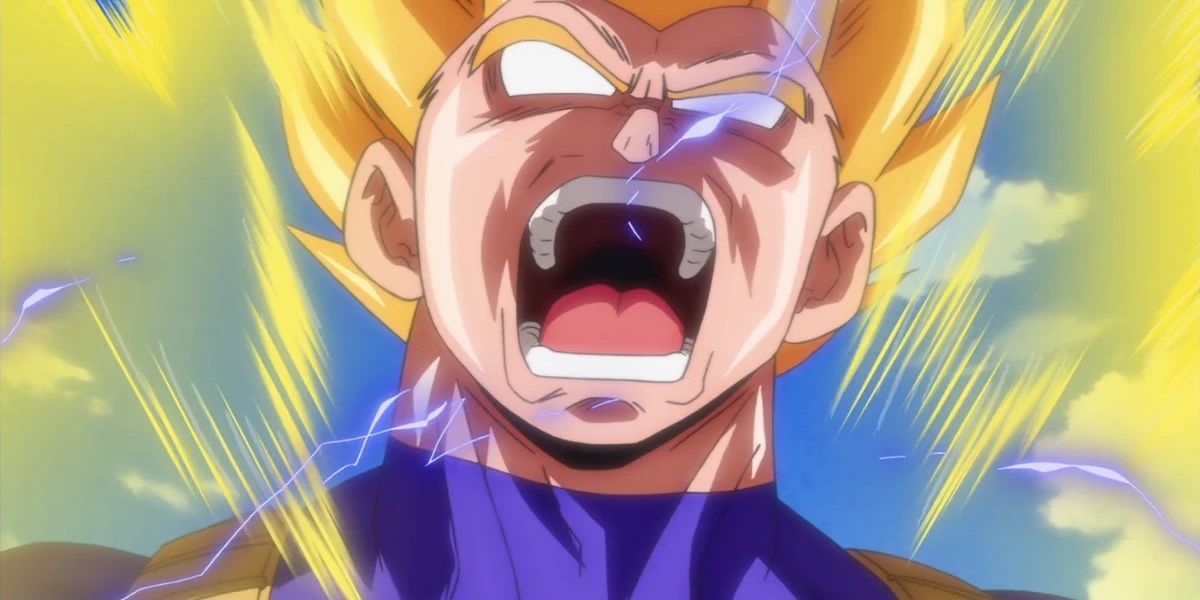
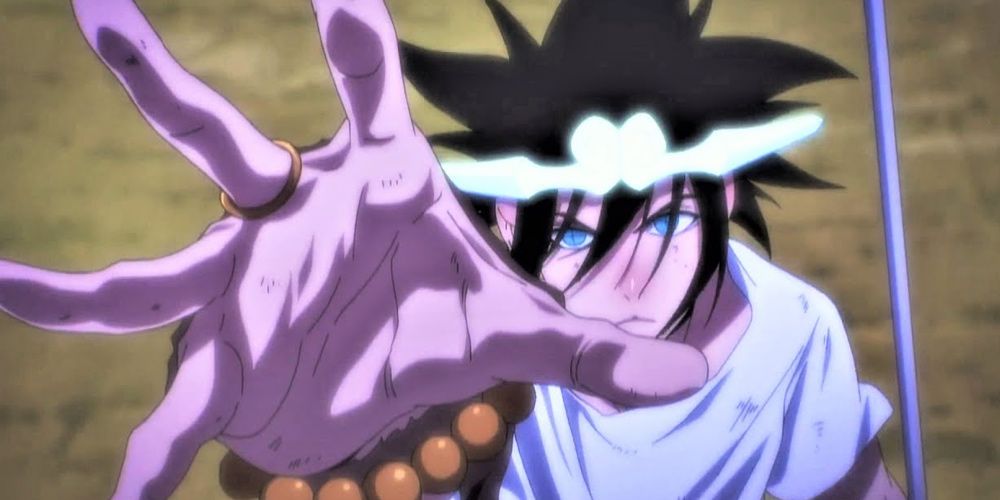
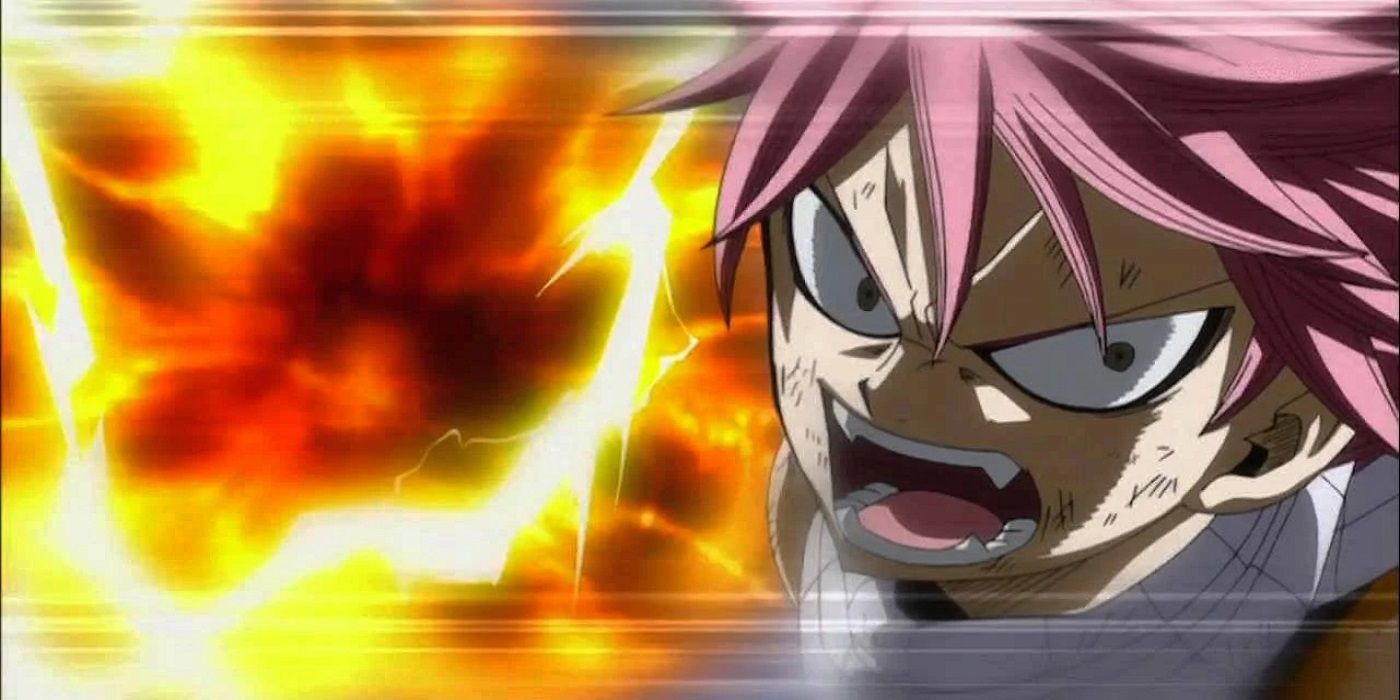
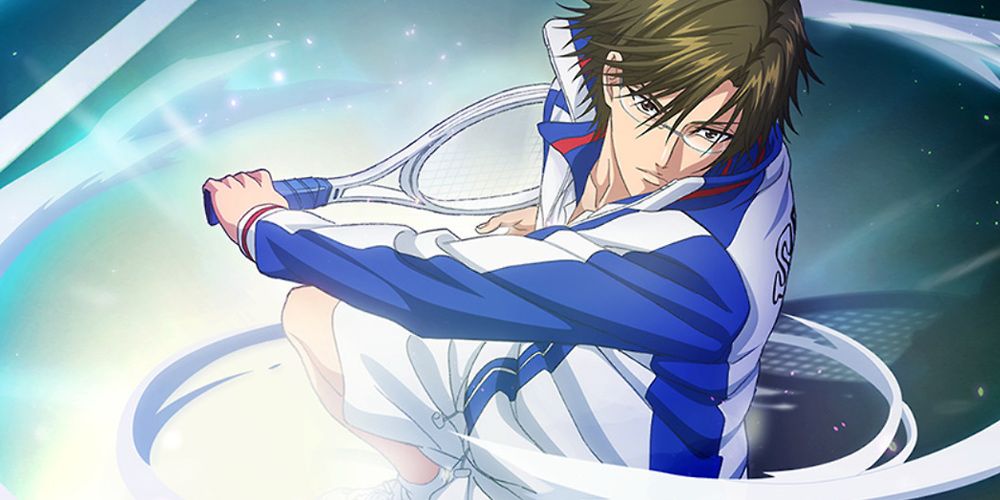
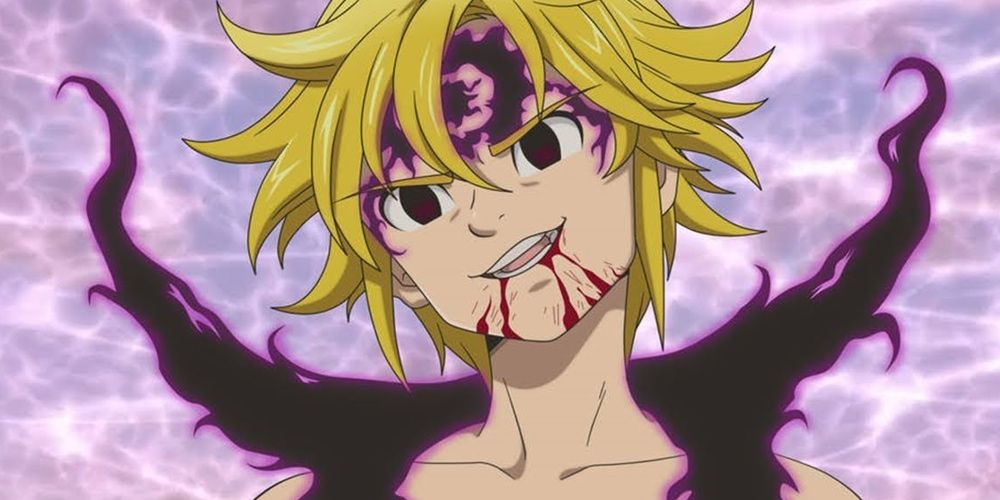
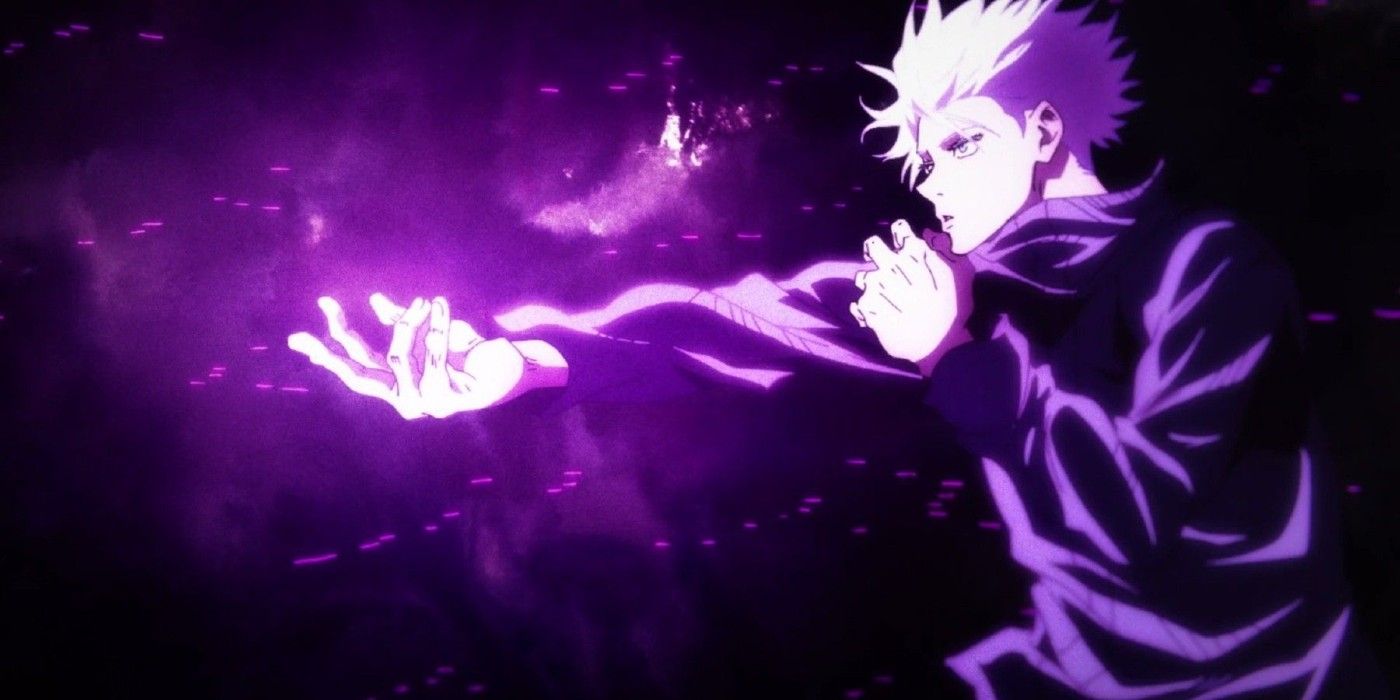
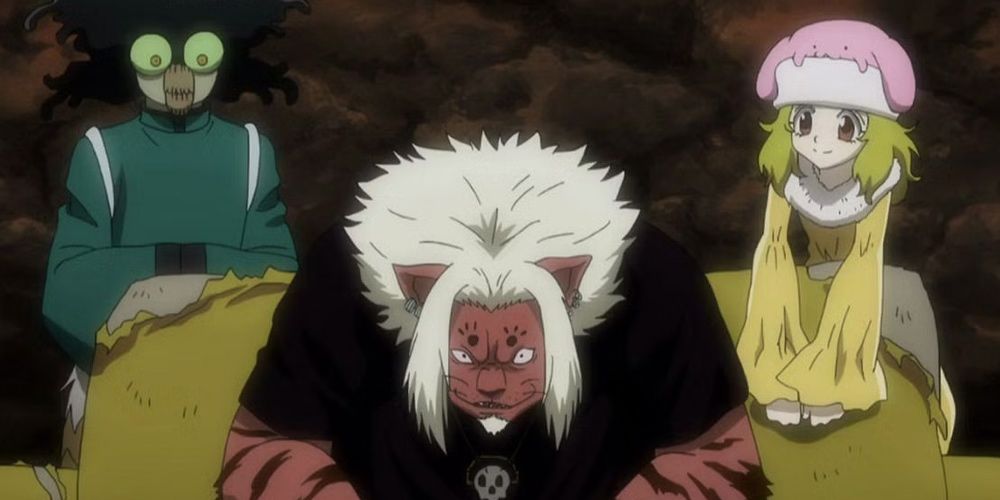
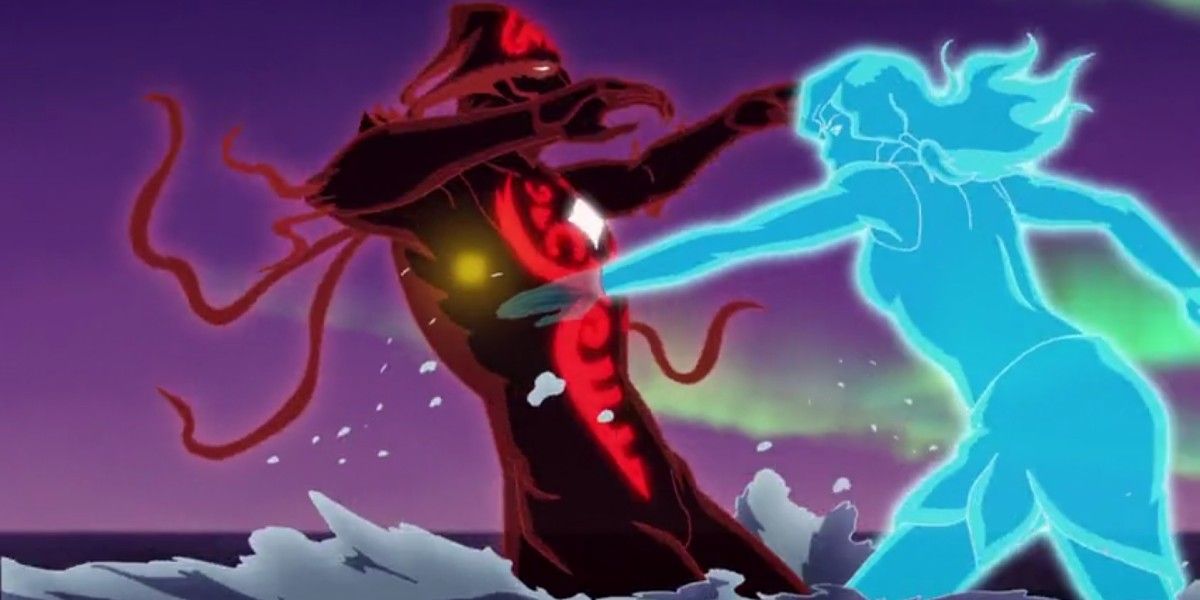
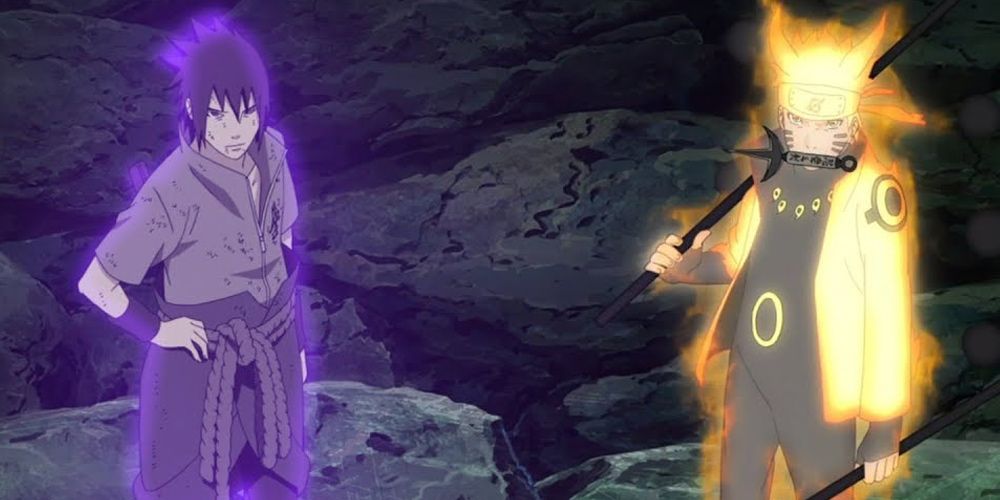
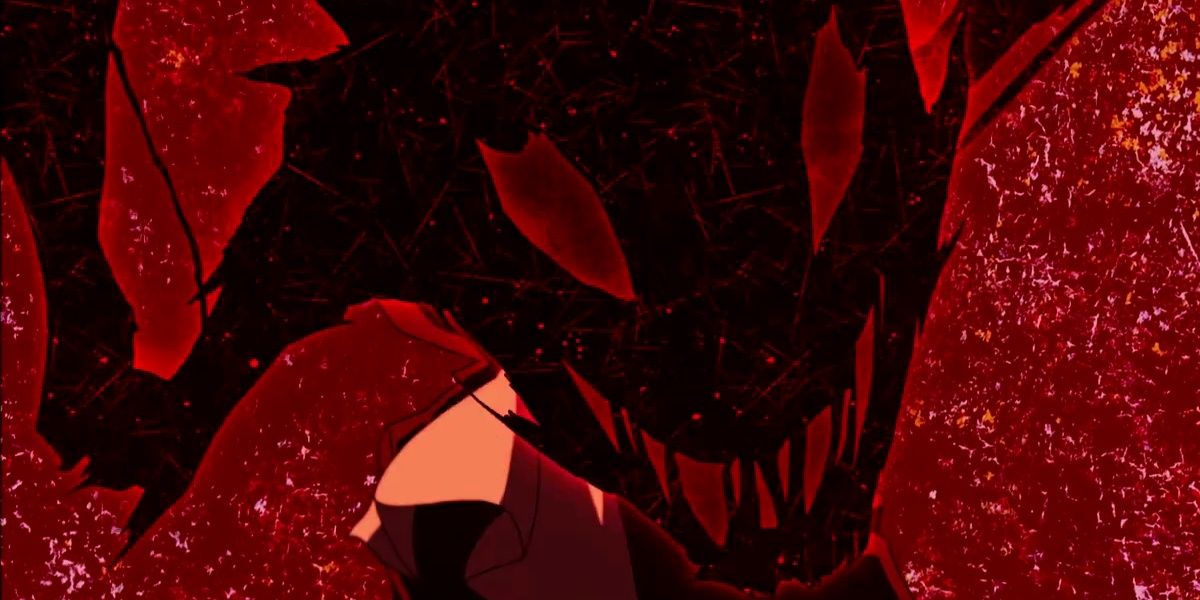
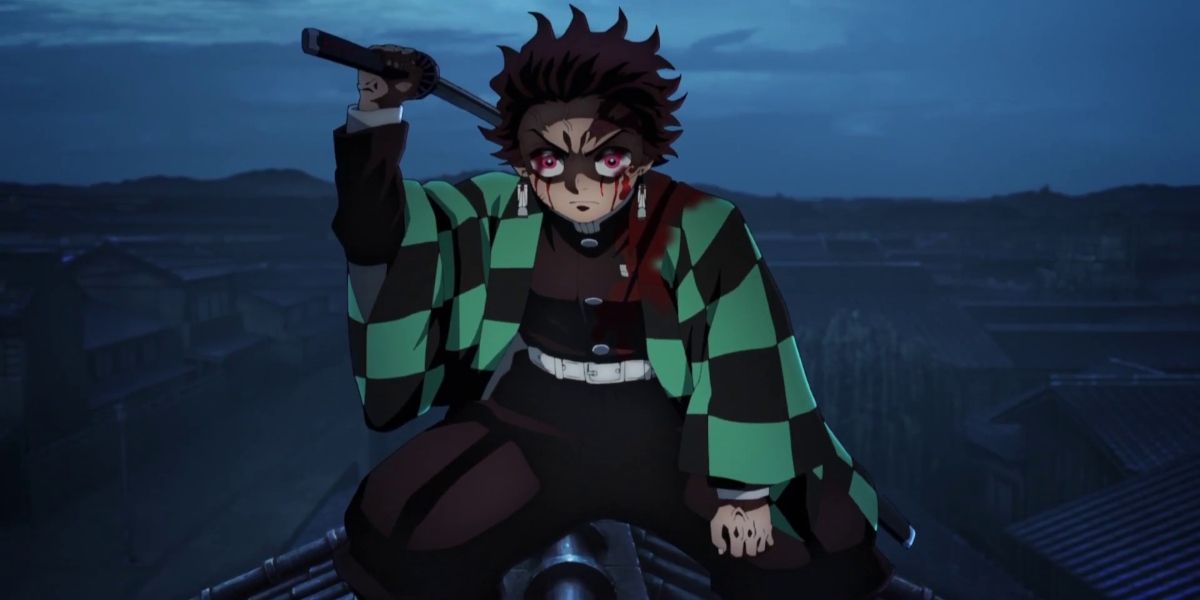
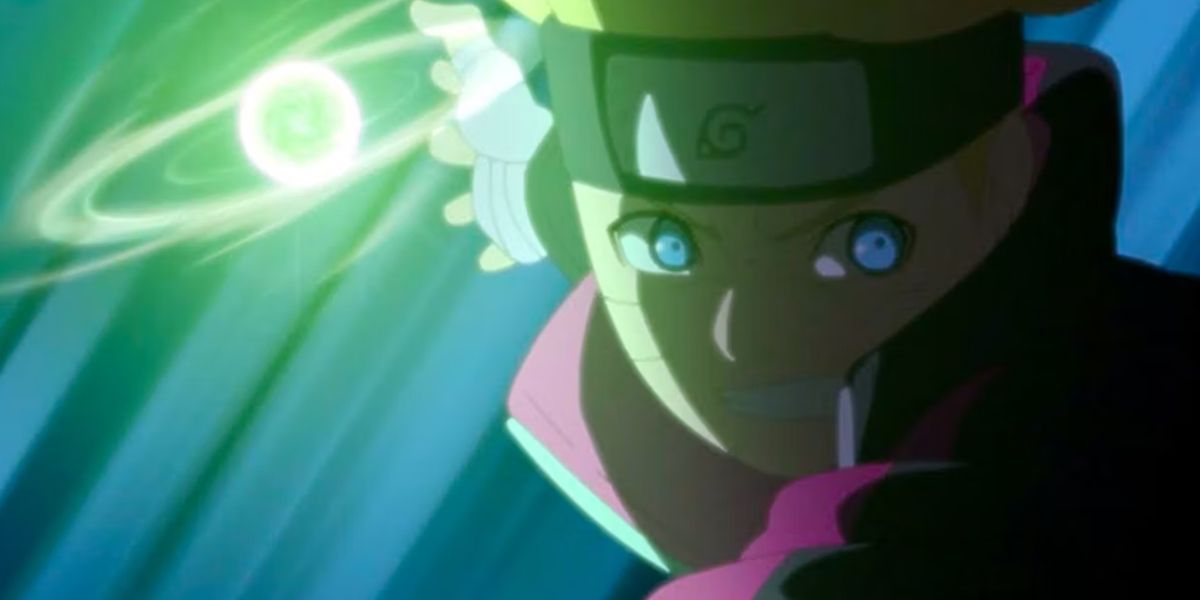
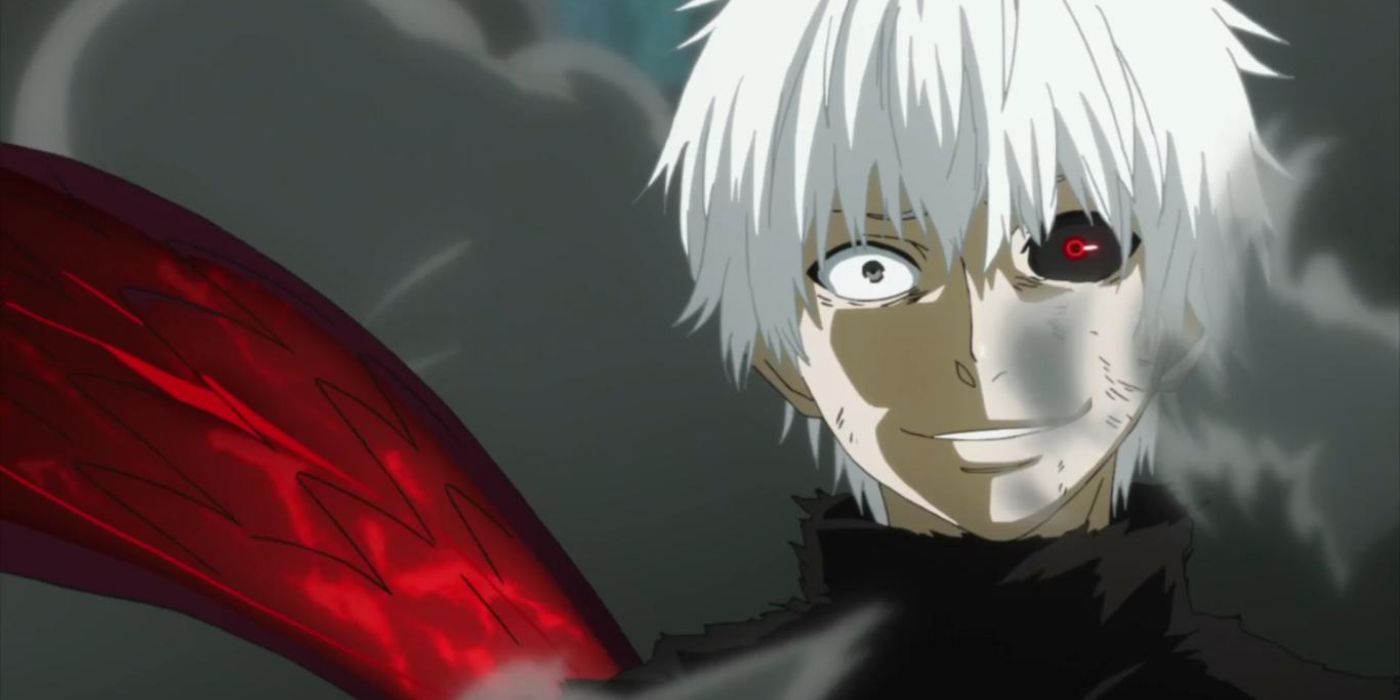
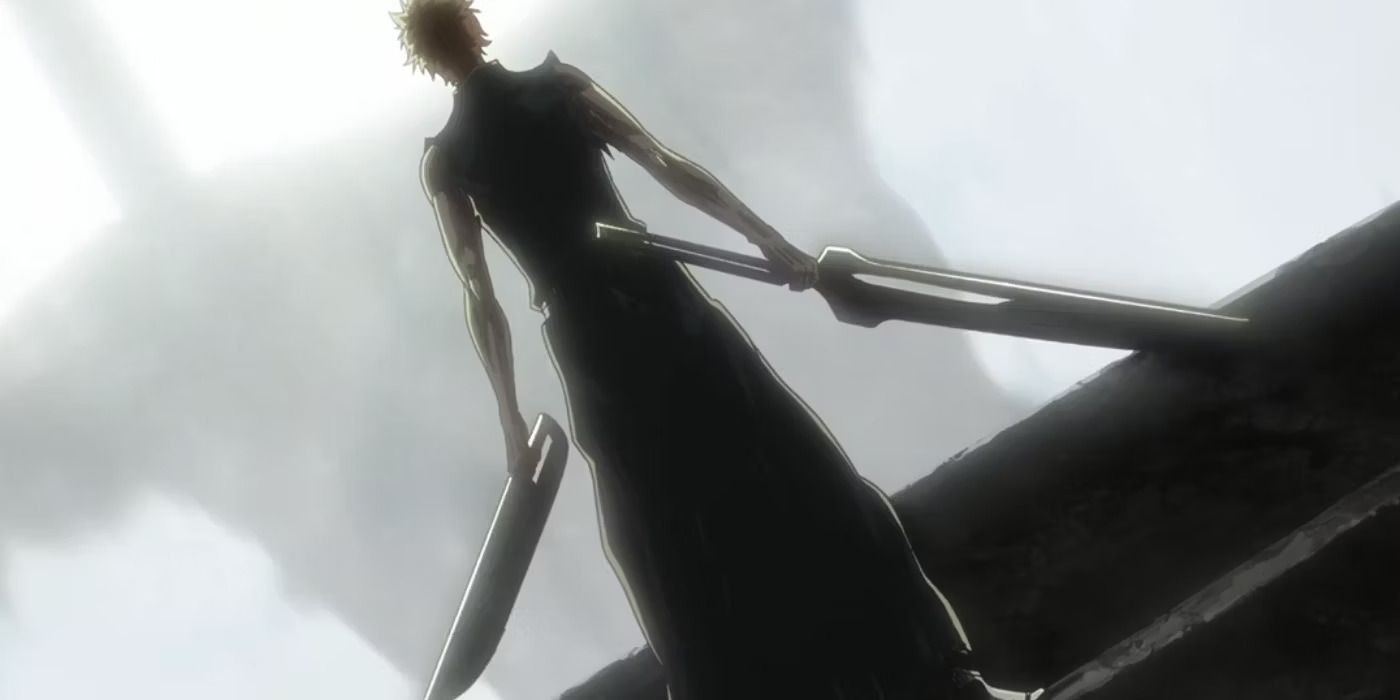
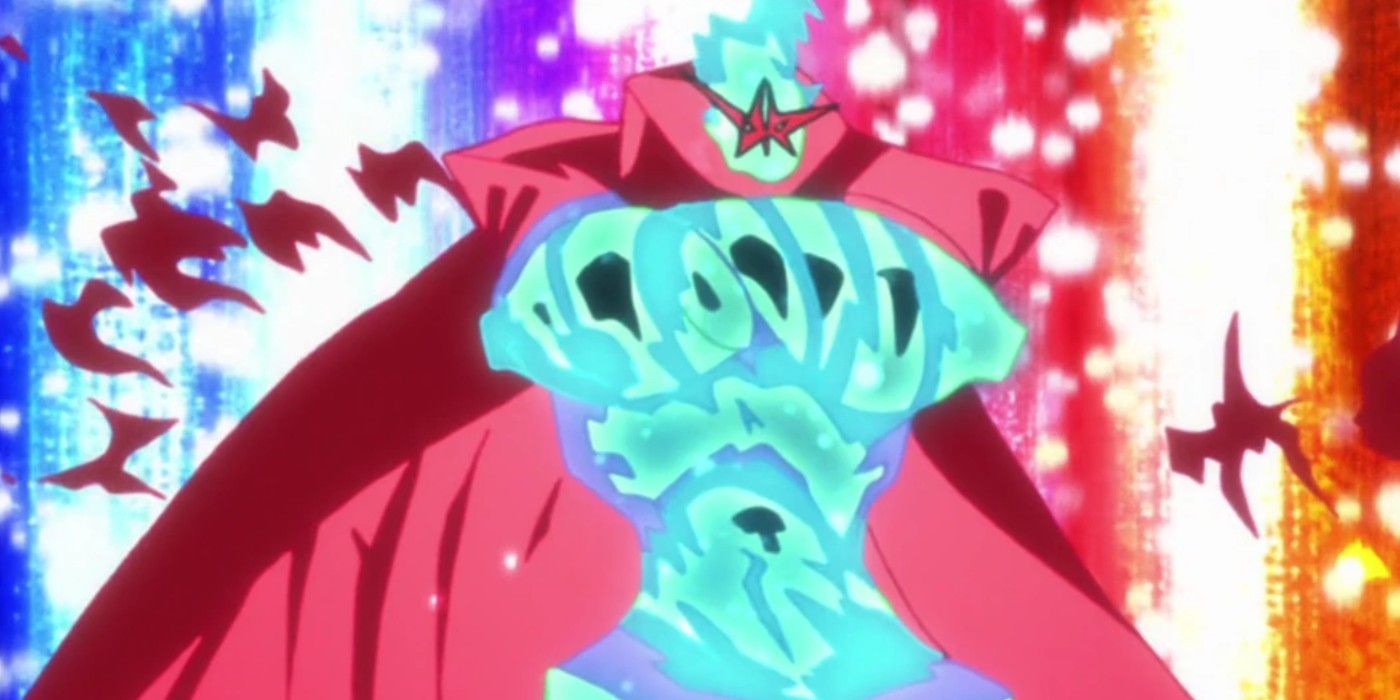
-Cropped.jpg)
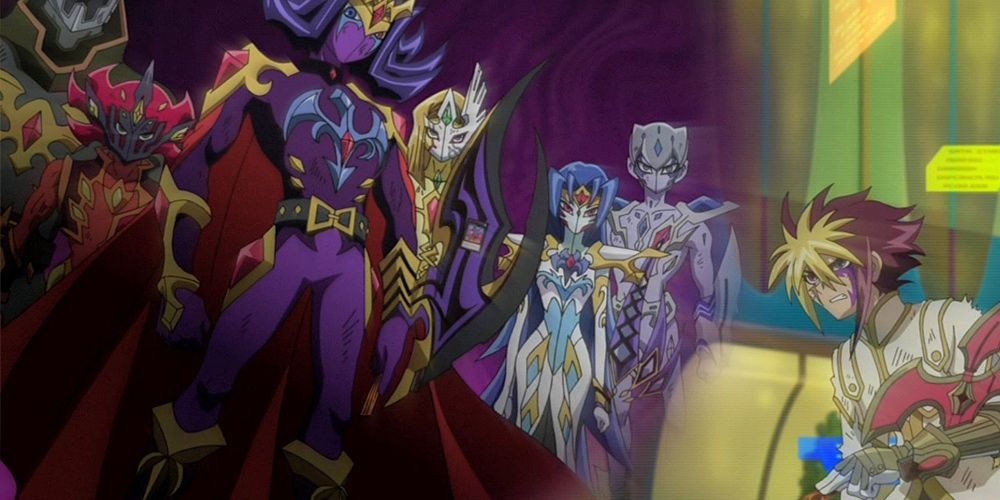
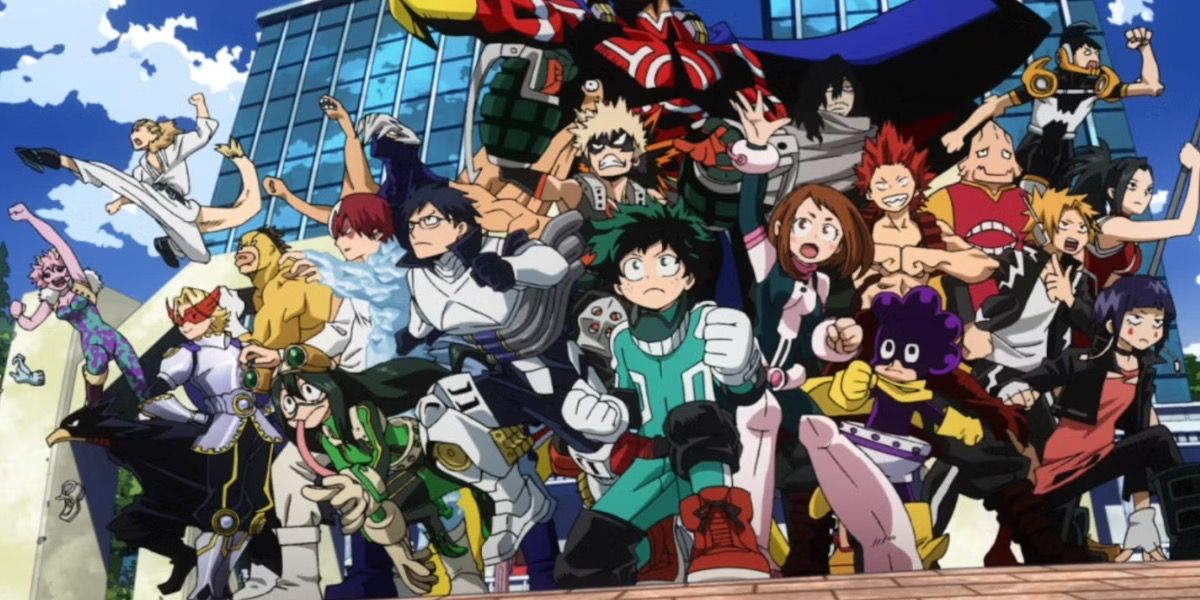
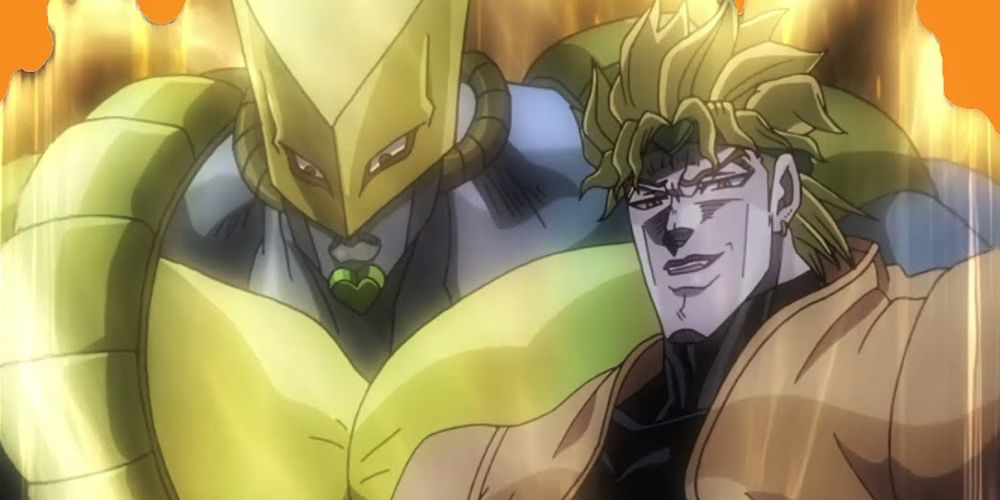
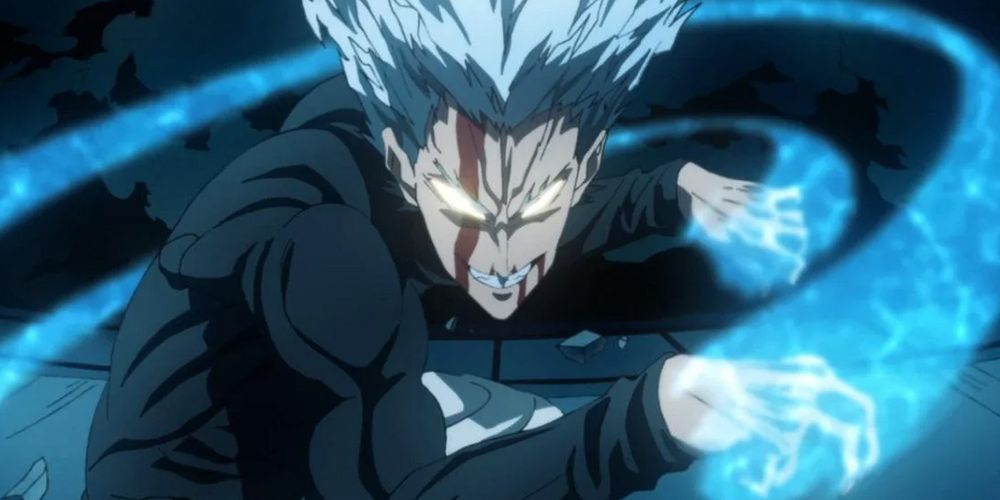
Post a Comment